Pitted scars are a constant source of insecurity for many people, even after trying various treatments. Among today’s available technologies, the scar bottom cut is considered an effective method that helps improve the skin structure from within. In this article, HBIO Clinic provides a comprehensive overview of the procedure, its benefits, potential risks, and key considerations—helping you make the safest and most suitable decision for your skin.
What Is a Scar Bottom Cut?
A scar bottom cut, also known as subcision, is a technique that intervenes beneath the skin to treat the bottom of the scar — the main cause of pitted and uneven skin surfaces. This method is currently considered one of the effective treatments for long-term pitted and atrophic scars.
Normally, the scar bottom cut technique is applied to types of scars such as: atrophic scars, rolling scars, boxcar scars, and even mild hypertrophic scars. These types of scars often appear on visible areas such as the cheeks, chin, and temples.
After being examined by a specialist doctor, a specialized medical needle will be inserted under the skin to cut the dense fibrous bands pulling the skin downward. Once these fibrous bands are broken, the skin is given a chance to “release” and gradually become smoother and more even-toned over time.
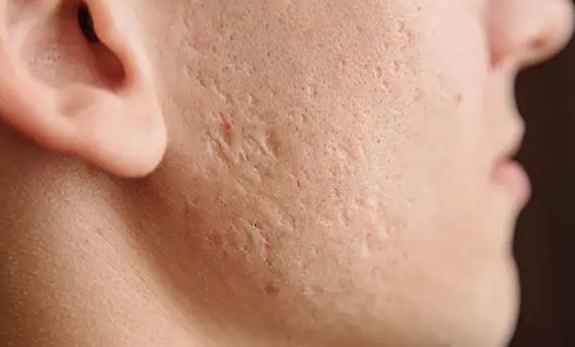
Pros and Cons of the Scar Bottom Cut Method
The scar bottom cut method is widely applied in pitted scar treatment. However, before deciding to undergo the procedure, it is important to clearly understand the following pros and cons of this technique:
Advantages of the Scar Bottom Cut Technology
Currently, the scar bottom cut is considered one of the most optimal solutions for treating pitted scars, especially in long-standing and hard-to-improve cases. According to dermatology experts, up to 80% of patients have given positive feedback after examination and treatment using this technology — a figure significantly higher than that of traditional methods like laser, PRP, or microneedling.
The reason lies in the mechanism of action: while other methods treat scars vertically, mostly on the surface of the skin, the scar bottom cut works horizontally — directly severing the fibrous tissue strands pulling the skin down from beneath. These fibrous strands are the root cause of pitted scarring. Using a specialized needle, this technique can precisely detach the scar base, giving the skin a chance to restructure and naturally regenerate.
Another outstanding advantage is that the scar bottom cut only targets the scar area, without damaging surrounding skin. This minimizes risks and significantly shortens recovery time. In many cases, visible improvement can be seen right after the first treatment.
Moreover, this method is quick to perform, making it suitable even for busy individuals who wish to improve scarring without requiring long downtime.
Disadvantages of the Scar Bottom Cut Method
Although it brings high effectiveness, the scar bottom cut method also has certain limitations that people undergoing treatment need to be aware of.
First, this technique requires a high level of expertise from the performing doctor. Since this is a method involving invasiveness and the use of medical instruments, if the operation is not accurate, it not only reduces the effectiveness of the treatment but also carries the risk of unwanted damage to the skin.
Another point to note is that after the procedure, patients may experience redness, mild swelling, or bruising in the treated skin areas. These phenomena are common side effects and will gradually disappear after about 2–3 weeks if properly cared for according to the doctor’s instructions.
In addition, during the procedure, because the needle goes deep into the dermis layer to cut the scar base, patients may feel mild burning pain and slight bleeding. However, this feeling usually only lasts for a short time and can be completely controlled with professional support.
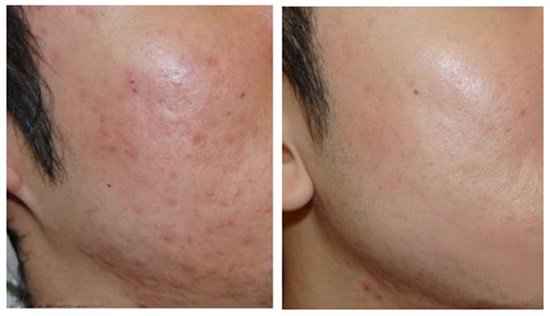
Standard Medical Procedure for Scar Bottom Cut
To ensure safety and optimal effectiveness, the scar bottom cut procedure must be performed sequentially and with all necessary steps.
Step 1: Patient reception and initial assessment
The client is received, their dermatological treatment history is reviewed, and a general evaluation of their current skin condition is conducted.
Step 2: Examination and treatment plan development
A specialist doctor conducts a direct examination and develops a personalized treatment plan suited to the scar condition. The skin condition before treatment is also documented for later effectiveness monitoring.
Step 3: Deep skin cleansing
The skin is thoroughly cleansed following standard medical steps to remove dirt and sebum, creating favorable conditions for the treatment process.
Step 4: Preparation of instruments and treatment products
All instruments and products prescribed by the doctor are prepared in advance, ensuring absolute sterility before the procedure.
Step 5: Performing the scar bottom cut
The doctor applies a numbing agent and uses a specialized needle to perform the subcision technique according to the pre-established treatment plan. The cutting process is relatively quick, depending on the number of scars and treatment areas.
After the cutting, the technician will apply recovery serums using electrophoresis, apply a soothing mask, and finish with a moisturizing cream.
Step 6: At-home care instructions
The client will receive a detailed at-home care guide, including instructions on cleansing, using moisturizers, dietary and lifestyle considerations, and follow-up appointment schedules if necessary.
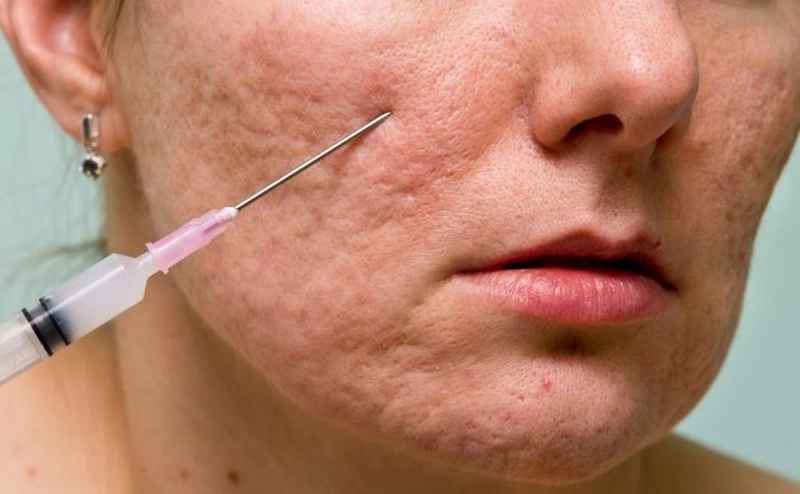
How to Care for Your Skin Before and After Scar Subcision
To ensure safety and achieve optimal treatment results, it is important to pay attention to skincare both before and after the scar subcision procedure.
Before Scar Subcision Treatment
- From 5 to 7 days before the treatment, you should stop using products with strong peeling effects such as retinol, acids (BHA, AHA), or high-concentration vitamin C; you should also avoid physical exfoliation or microneedling at home, and discontinue any medical cosmetics that cause skin peeling.
- During this period, you should strictly avoid sun exposure. If going outdoors is necessary, use high-SPF sunscreen (SPF 50+) and protect your skin carefully with a wide-brimmed hat, sunglasses, face mask, and long-sleeved clothing.
- Use gentle moisturizers to strengthen your skin barrier, stay hydrated, and consume plenty of green vegetables and fruits rich in vitamins and zinc to support tissue regeneration.
- Importantly, inform your doctor if you are currently taking antibiotics, corticosteroids, or have any underlying skin conditions.
After Scar Subcision Treatment
To help the wounds heal quickly and achieve optimal results, pay attention to the following aftercare measures:
- Take prescribed medications as directed by your doctor: in the days following treatment, your skin is still injured and highly prone to infection if not treated with proper antibiotics.
- Avoid touching or making direct contact with the treated areas.
- Limit the use of cosmetics and makeup, as they often contain strong chemicals that may irritate damaged skin.
- Cleanse your skin gently and safely: choose mild, skin-friendly cleansers, or wash your face with saline solution to ensure safety.
- Minimize sun and pollution exposure: post-treatment skin is sensitive and can become inflamed easily due to UV rays and dust.
- Avoid strenuous physical activities or exercise: sweat often carries bacteria that may lead to infection and slow the healing process.
- Attend follow-up appointments as instructed by your doctor and report any side effects promptly.

How Much Does Scar Subcision Cost?
Scar subcision is an invasive technique that requires a high level of expertise. Therefore, the cost of this procedure is relatively high.
The price of scar subcision typically ranges from 120 to 280 USD, depending on various factors such as the severity of the scars, the doctor’s experience, the technology used, and the clinic location. Some clinics offer package pricing for the entire treatment course instead of charging per session.
To help you better visualize, here is a reference price list for scar subcision treatment:
| Service | Price (USD) |
| Individual scar subcision (1–3 scars) | ~12 – 20$/ scar |
| Full-face subcision (depending on severity) | ~60 – 140$/ session |
| Subcision combined with other treatments (PRP, laser, microneedling…) | ~160 – 280$/ treatment course |
Subcision Acne Scar Treatment at Hbio Clinic – A Scientific Approach to Pitted Scar Treatment
Currently, many aesthetic clinics offer scar treatment services, but not all ensure high safety, effectiveness, and professional standards. At Hbio Clinic, we take pride in offering subcision acne scar treatment that strictly follows medical protocols. By combining advanced technologies with specialized techniques, we help clients see visible improvement in pitted scars from the very first session.
When choosing Hbio Clinic, clients will receive direct consultation and evaluation from experienced dermatologists. This ensures the treatment process is safe, with no complications or unexpected tissue damage.
Hbio Clinic is equipped with cutting-edge devices, uses completely sterile instruments, and follows a standardized medical treatment protocol to provide peace of mind throughout the healing journey.
Not only trusted by clients, Hbio Clinic is also highly rated by professionals for its treatment quality, along with a transparent and attentive post-treatment care policy.
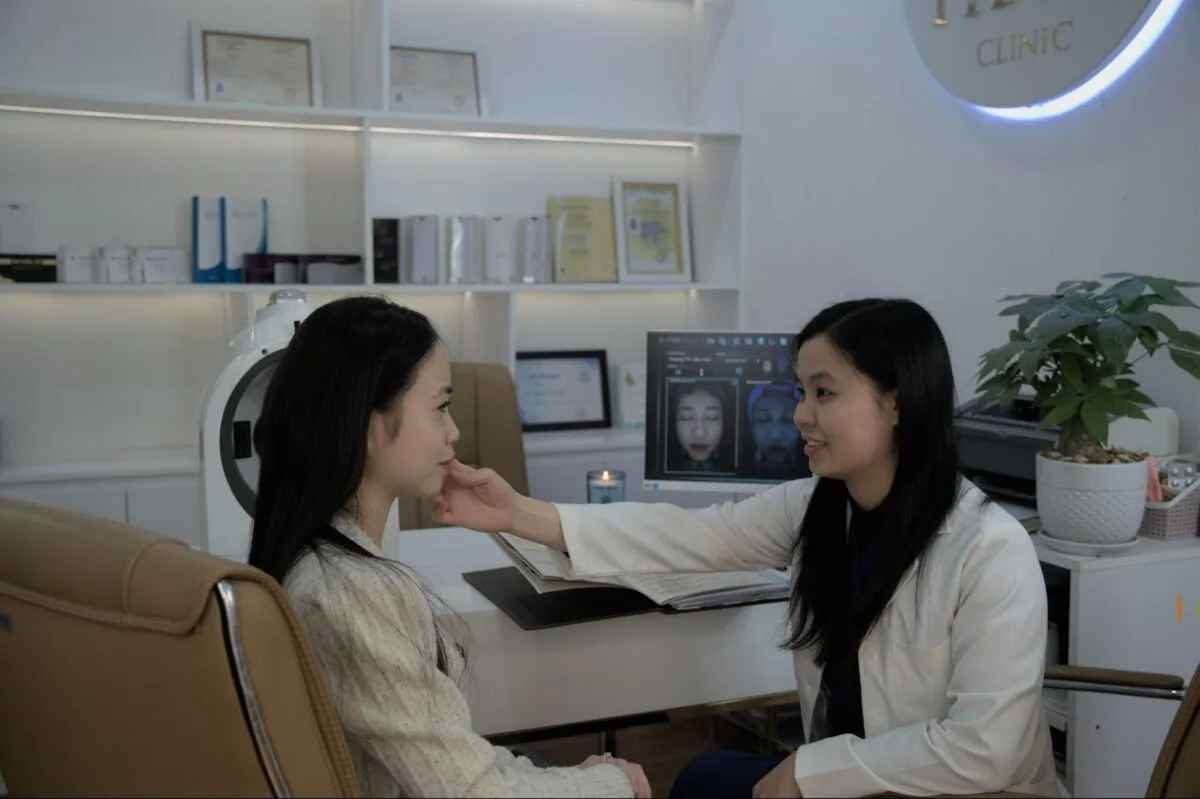
Subcision is an effective option for those looking to improve long-standing atrophic acne scars. While the procedure may cause mild discomfort, it delivers noticeable results after just a few sessions. We hope this article from HBIO Clinic provides helpful insights, and we wish you success on your journey to achieving the flawless skin you’ve always desired.
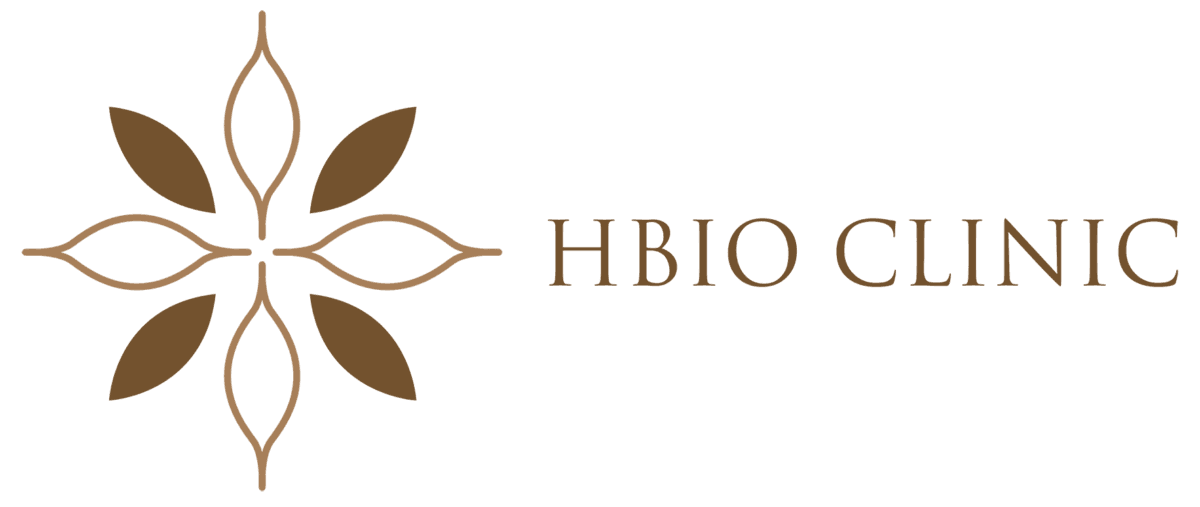

 Tiếng Việt
Tiếng Việt
Dr. Thai Nguyen – Founder and Medical Director of HBIO Clinic. As an expert in aesthetic dermatology, she regularly shares in-depth knowledge and practical experience to provide valuable and insightful information for those seeking better skin health.